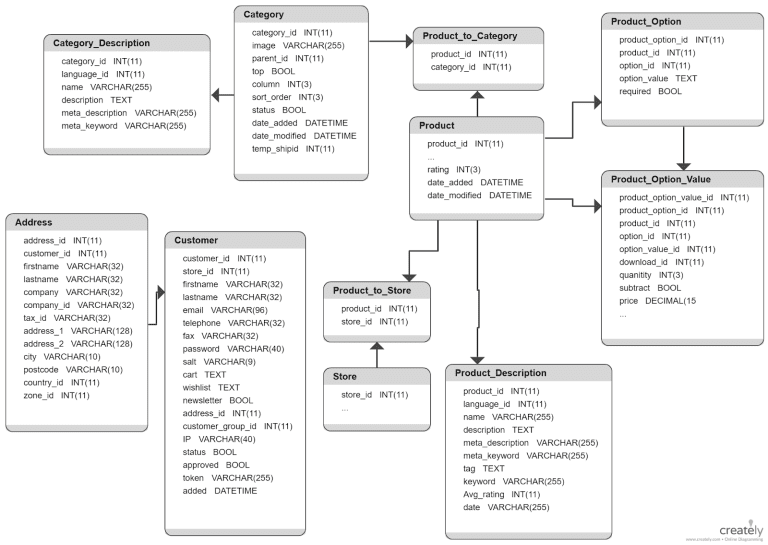In a world flooded with data, perfection is a myth. Names are misspelt, addresses get truncated, and records slip through cracks that pure logic cannot bridge. This is where fuzzy matching steps in — the quiet craftsman of data science that deals not in absolutes but in approximations. Imagine a librarian who can find your favourite book even if you misremember the title; fuzzy matching is that librarian for data.
When Data Speaks in Accents
Structured data behaves like a choir singing in perfect harmony, but real-world data is more like a street performance — loud, diverse, and unpredictable. Typos, abbreviations, and inconsistent naming conventions make exact matching impractical. Enter fuzzy matching algorithms, which allow systems to find near matches instead of identical ones. They listen for similarity in rhythm and tone rather than exact words.
This is particularly vital in healthcare records, financial systems, or customer databases where Johnathan and Jonathon might be the same person. Students learning advanced techniques in a Data Science course in Kolkata often encounter these challenges when handling messy datasets. Fuzzy matching teaches them not to chase perfection, but to understand intent — to see through the noise of imperfection.
Soundex: When Spelling Doesn’t Matter
Before computers could “think,” linguists were already exploring how sound patterns could link similar-sounding words. Soundex, developed in the early 20th century, encodes words based on how they sound rather than how they are written. For example, “Smith” and “Smyth” would share the same Soundex code, capturing phonetic similarity.
Imagine a customer service database filled with names entered over the phone. Variations in spelling are inevitable, but Soundex acts like a phonetic translator, helping machines identify that “Kumar” and “Coomar” might represent the same individual. While elegant in simplicity, Soundex struggles with non-English words or modern slang. Yet its principle — hearing rather than reading — remains timeless in the world of fuzzy logic.
Levenshtein Distance: Counting the Steps Between Words
Now picture words as dancers moving across a floor. To turn “data” into “date,” only one step — changing a to ‘e’ — is required. The Levenshtein distance measures exactly that: how many insertions, deletions, or substitutions are needed to transform one string into another.
It’s the mathematical heart of fuzzy matching, used in applications from spell checkers to genome sequencing. When you mistype “receve” instead of “receive,” it’s Levenshtein’s subtle arithmetic that helps your device guess your intent. Students exploring such algorithmic intuition in a Data Science course in Kolkata quickly grasp how these mathematical “edit distances” build bridges between what was said and what was meant.
In data linkage projects — merging customer lists, de-duplicating entries, or matching patient histories — Levenshtein distance ensures no record is lost due to human inconsistency.
Beyond Soundex and Levenshtein: The Symphony of Similarity
While Soundex listens and Levenshtein counts, other algorithms bring their own instruments to the orchestra. Jaro-Winkler gives higher weight to similarities at the beginning of strings, perfect for comparing short words like first names. N-gram tokenisation breaks down text into small overlapping parts — like syllables — to catch even subtler overlaps.
These methods can be blended like colours on a palette to achieve balance between precision and recall. Too strict, and you’ll miss relevant matches; too loose, and you’ll gather false ones. Modern machine learning models even learn from labelled examples to predict whether two records belong together, turning fuzzy matching into a self-improving art.
The interplay between algorithms transforms approximate matching from a technical process into something almost human — an intuition for recognising similarity amidst difference.
Fuzzy Matching in the Real World
Think of an e-commerce platform linking users across multiple devices, or a hospital integrating data from legacy systems. Exact matches would fail the moment a name, address, or ID is mistyped. Fuzzy matching ensures continuity — linking fragments of truth into coherent stories.
In marketing, it’s the key to building accurate customer profiles; in fraud detection, it helps identify suspiciously similar entities; and in research, it reconciles massive datasets riddled with human error. It’s not just an algorithm — it’s empathy translated into computation.
When applied well, fuzzy matching transforms disorganised records into usable intelligence. It respects imperfection, allowing technology to mirror the way humans recognise patterns — intuitively, contextually, and with tolerance for mistakes.
Conclusion: The Beauty of Imperfect Precision
Data science is often portrayed as an exact science, but fuzzy matching reminds us that intelligence sometimes lies in flexibility, not rigidity. Soundex teaches machines to listen, Levenshtein teaches them to measure, and together they teach us to understand ambiguity — not eliminate it.
In the end, fuzzy matching isn’t about finding what’s perfect; it’s about finding what’s close enough to reveal the hidden truth. In that sense, it mirrors life itself — where understanding someone’s intent often matters more than their words.
Through fuzzy algorithms, data learns to forgive our human errors — a gentle reminder that even in computation, empathy has its place.


